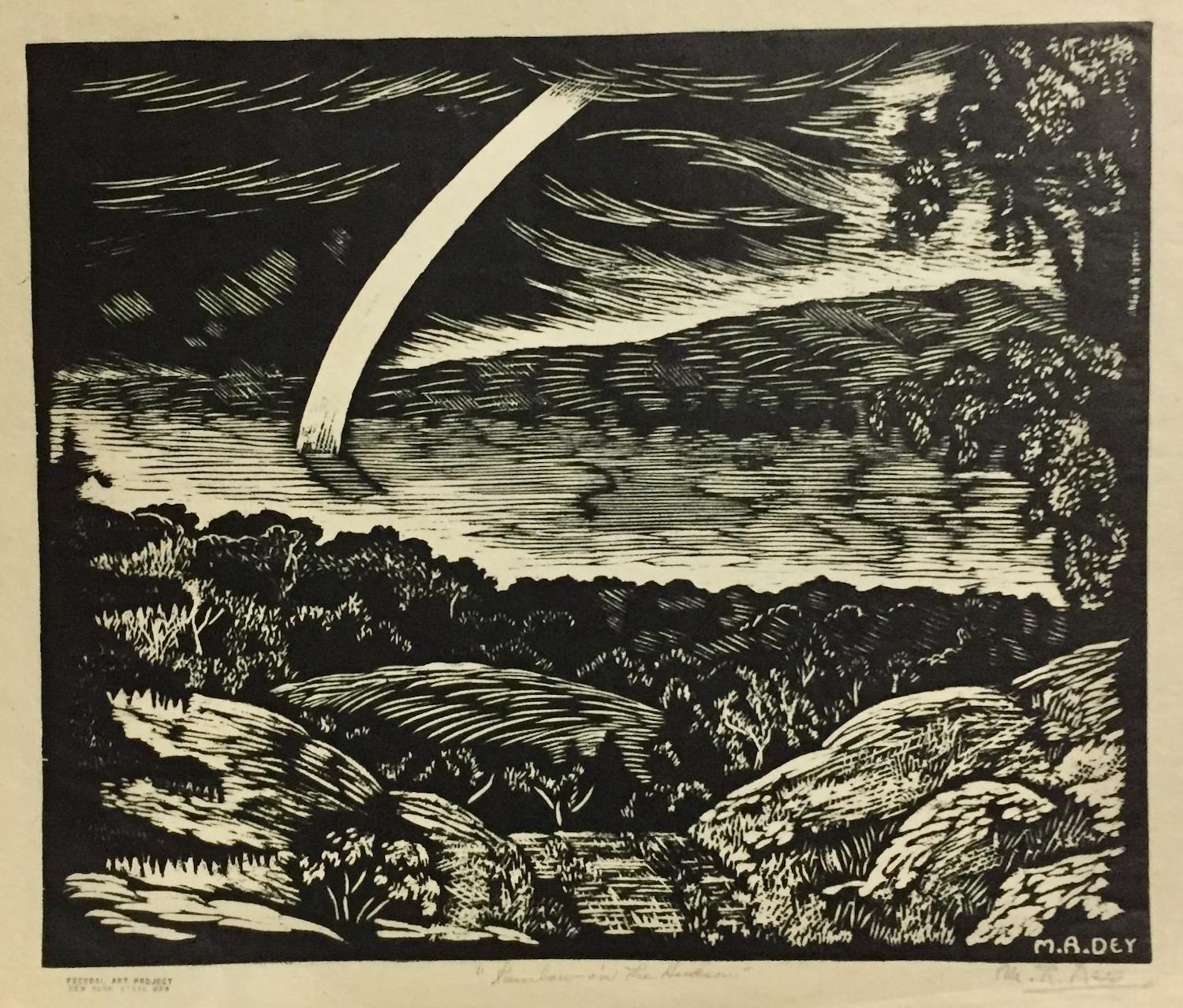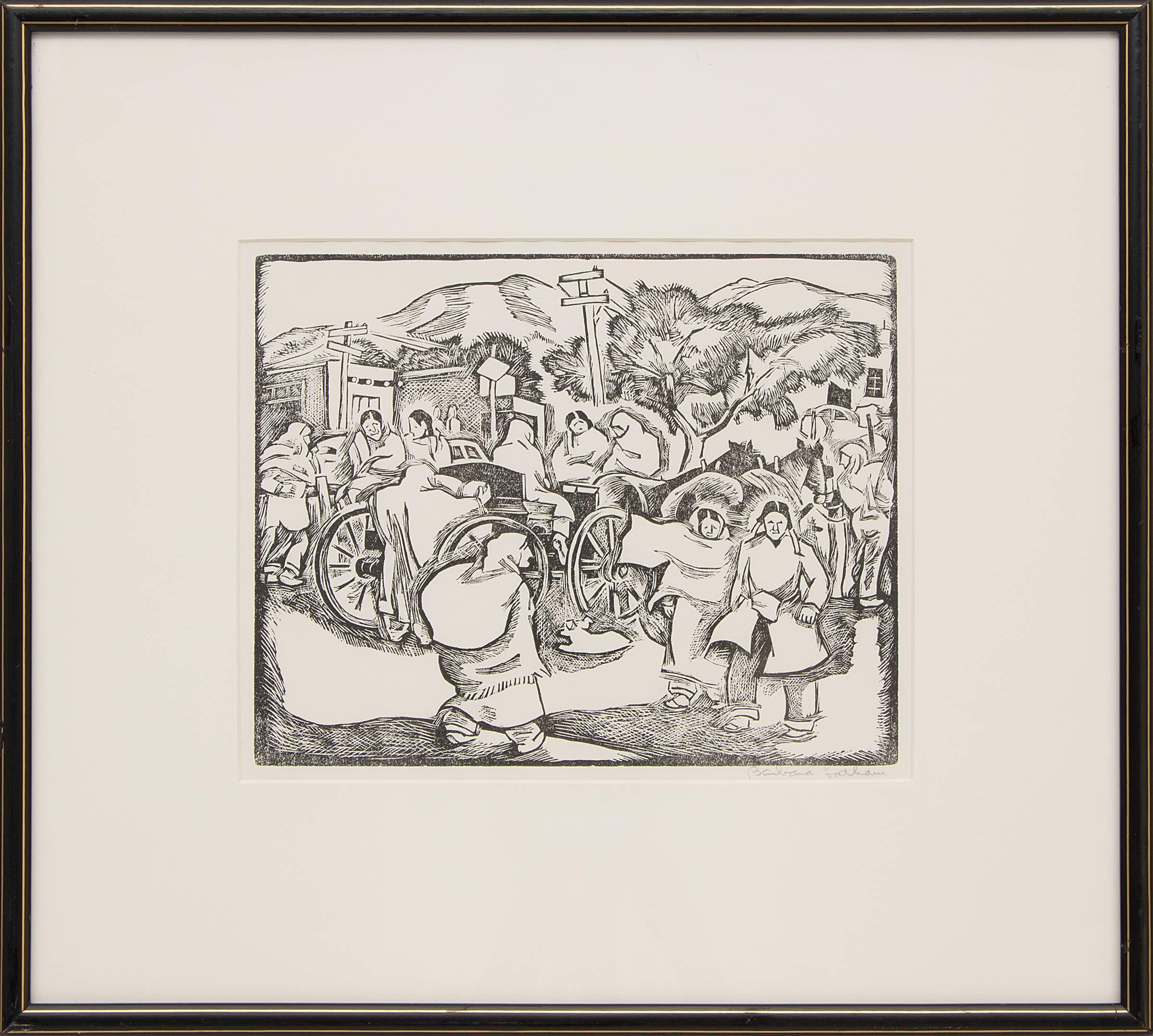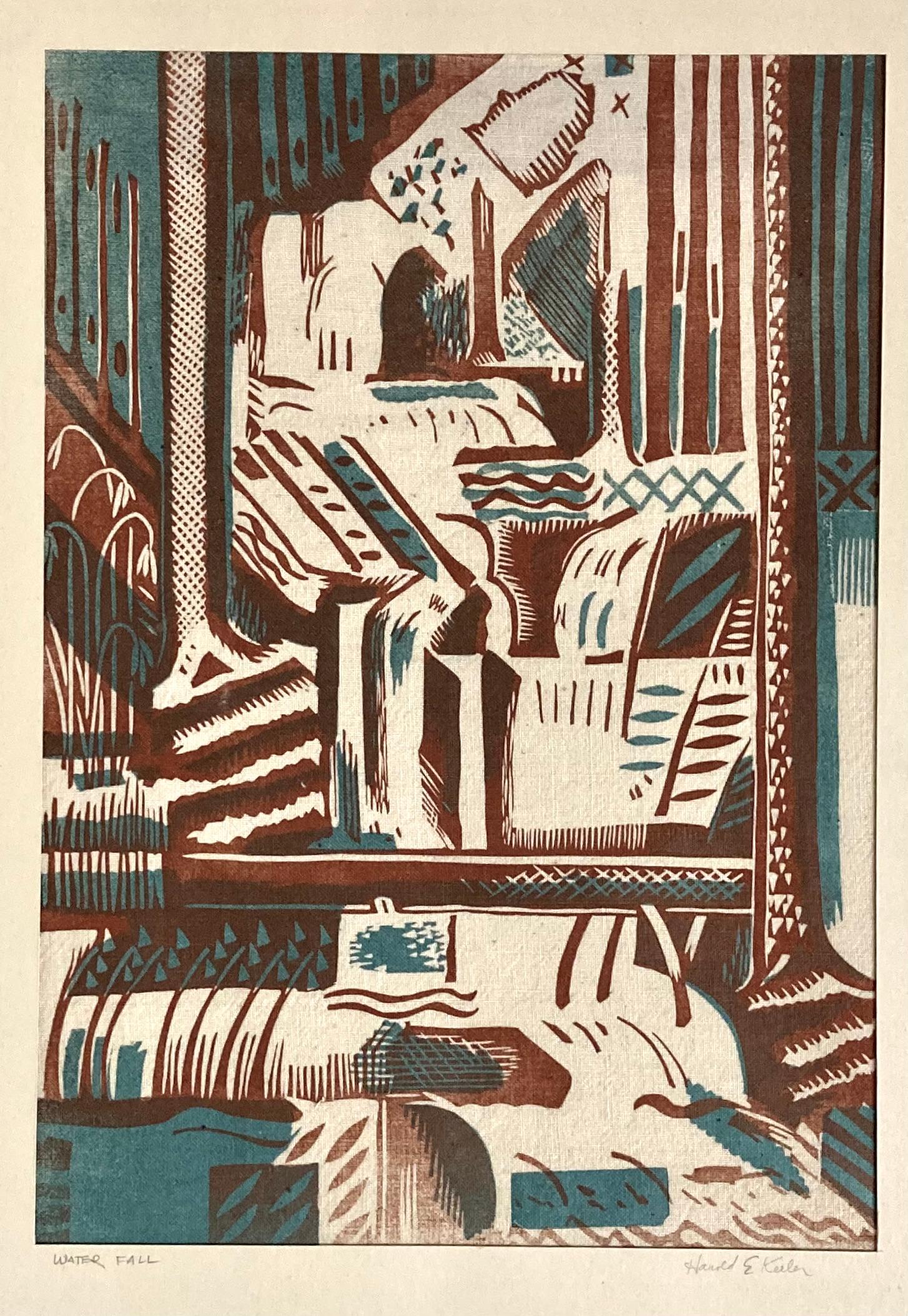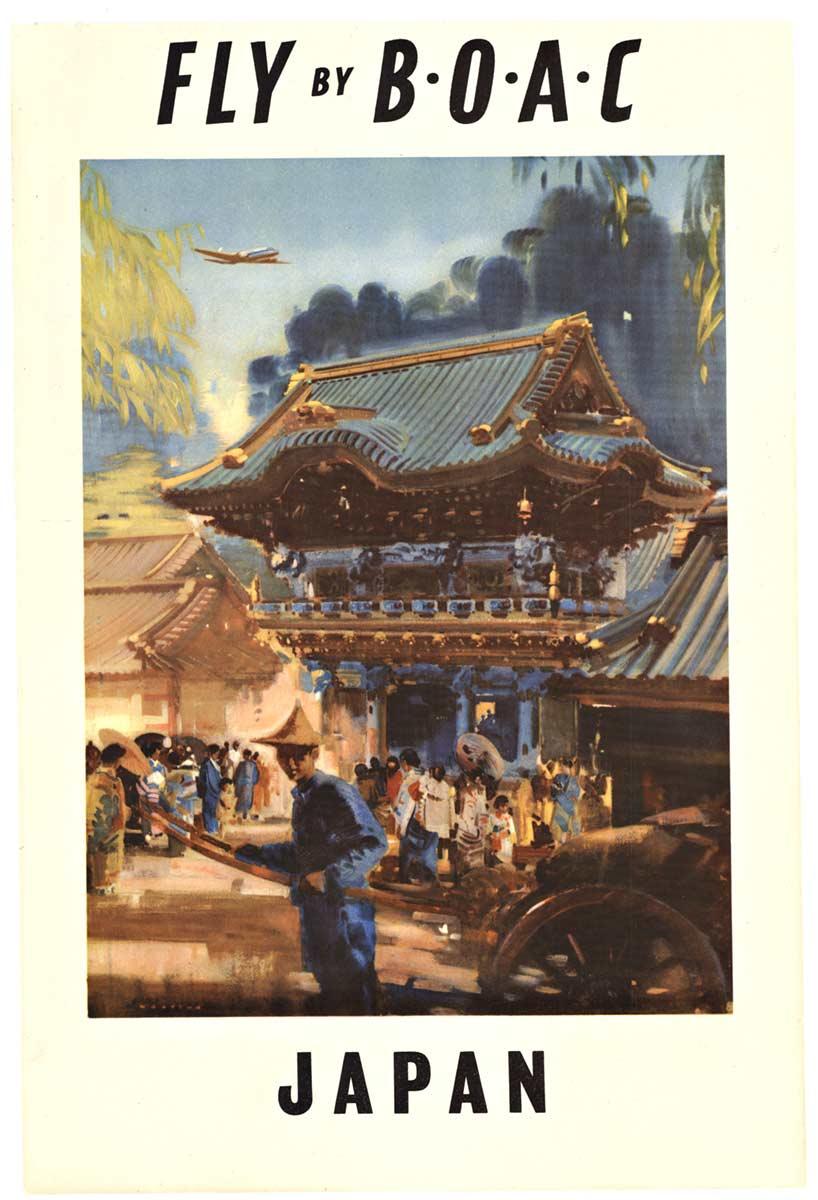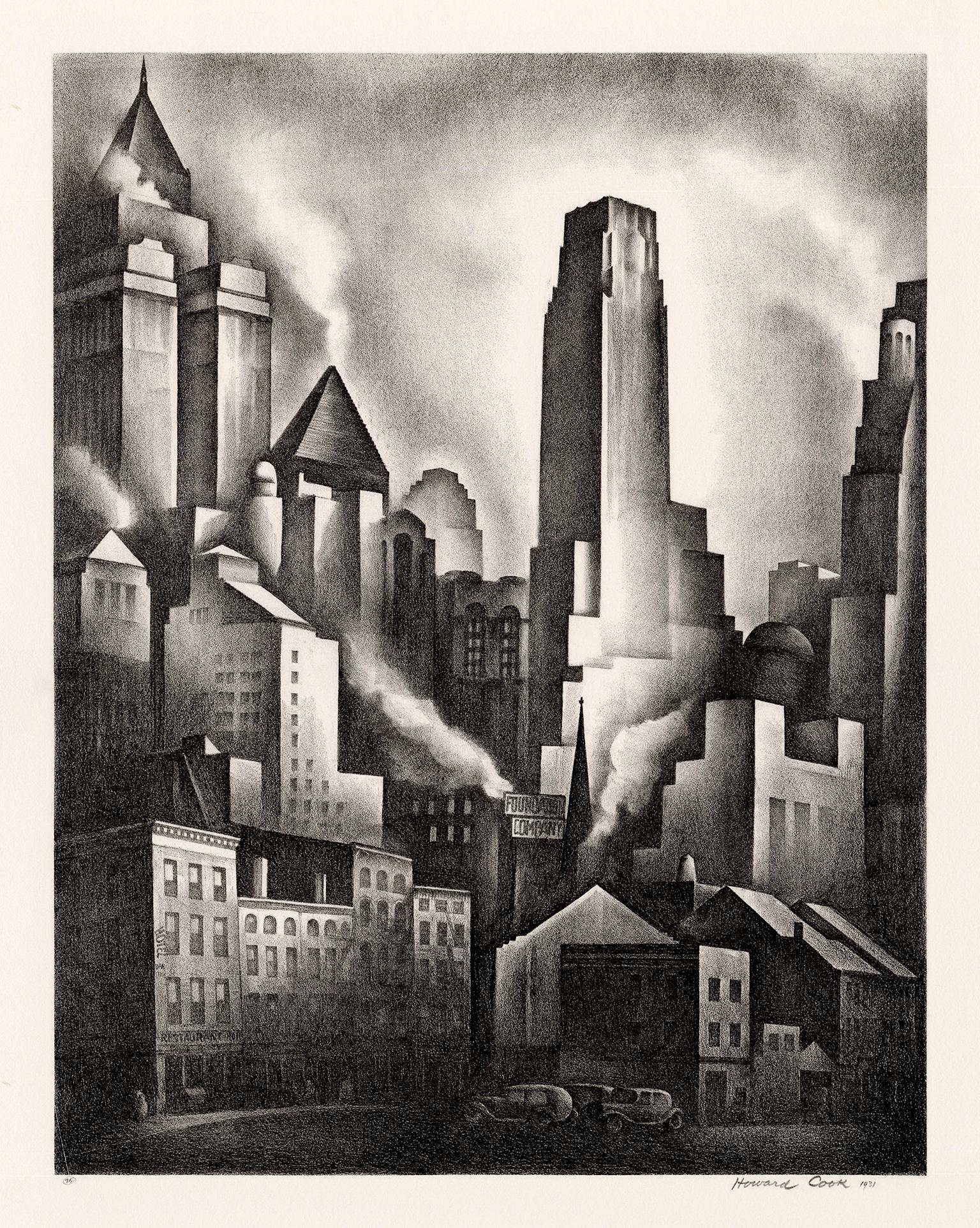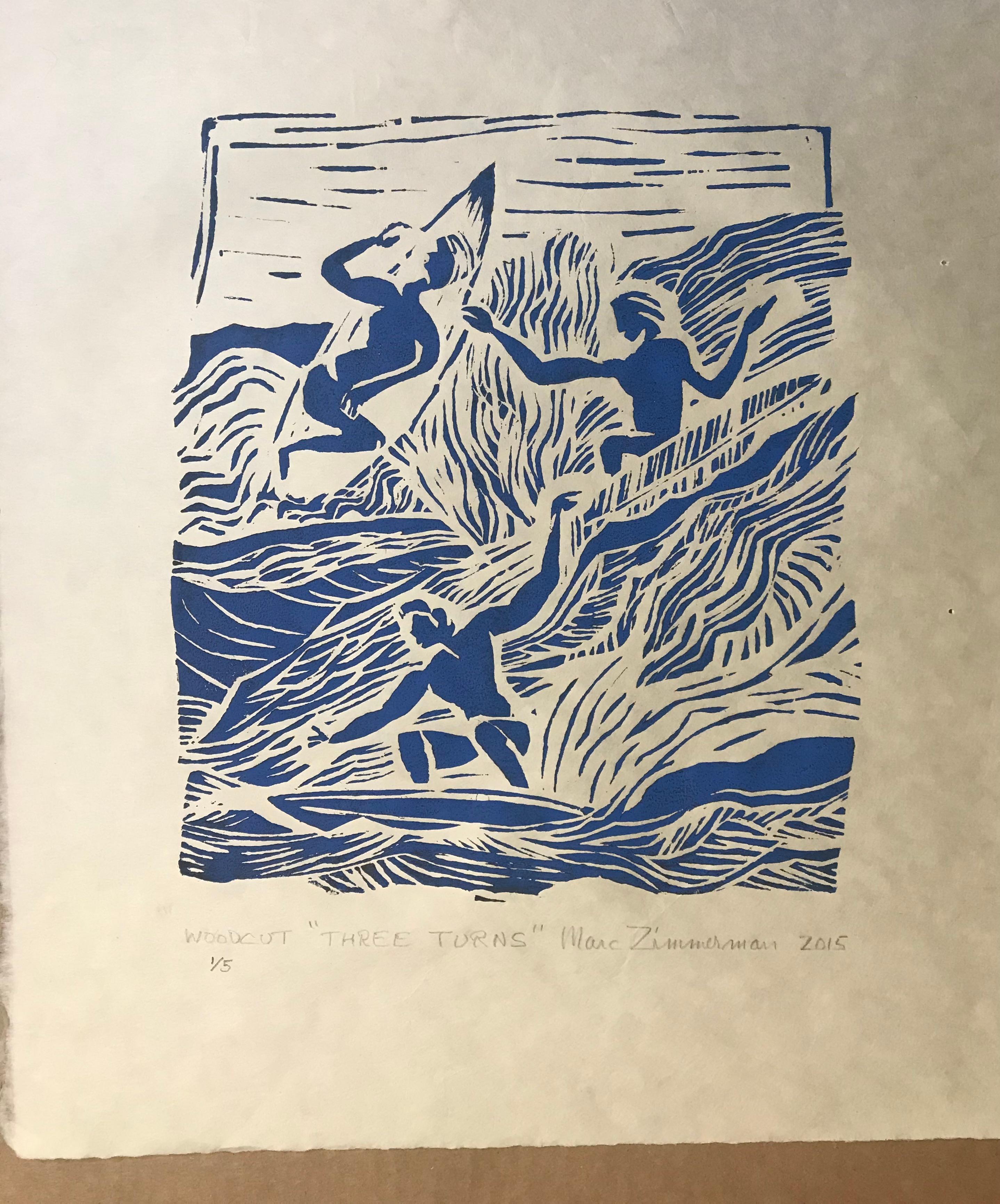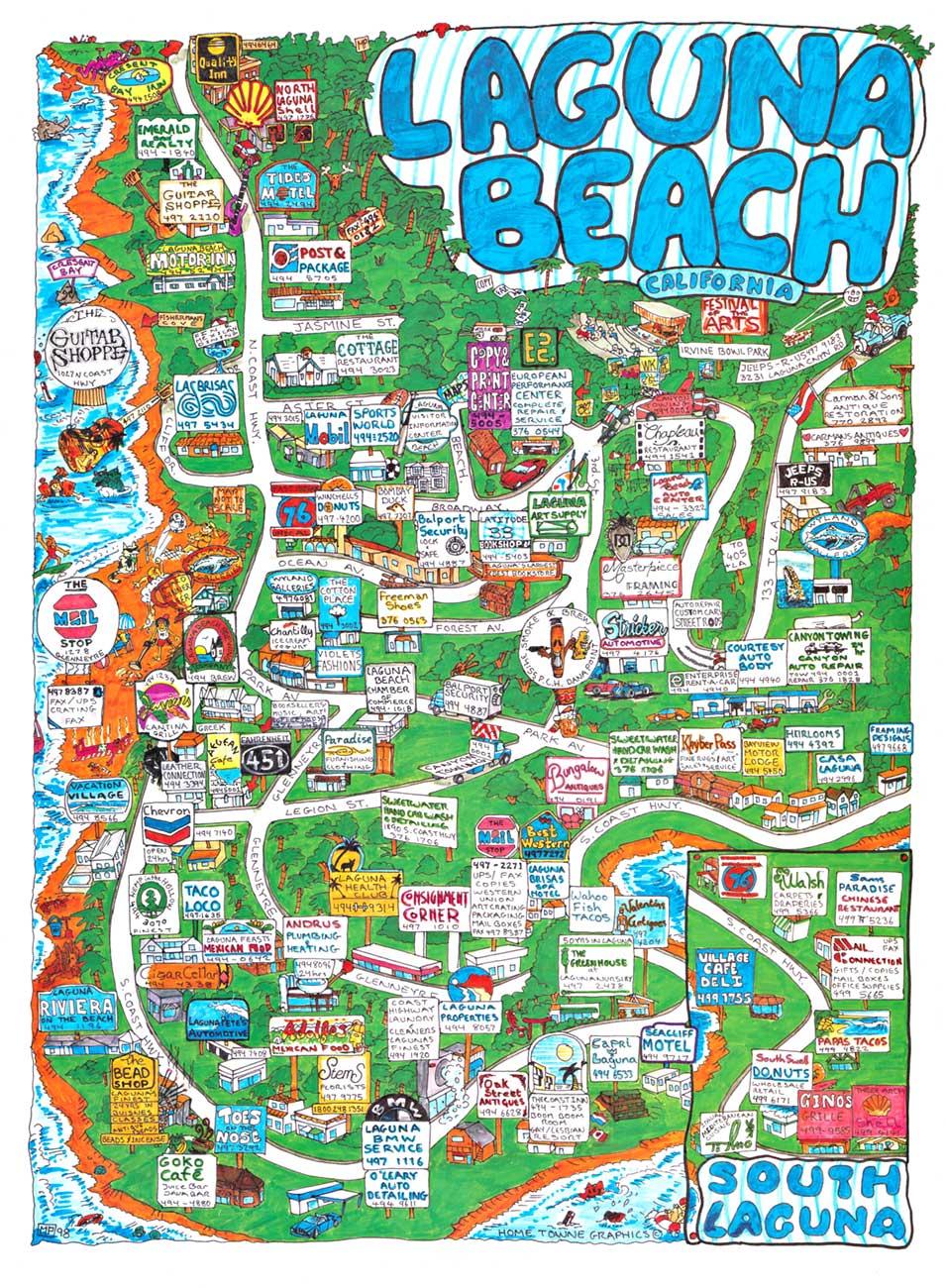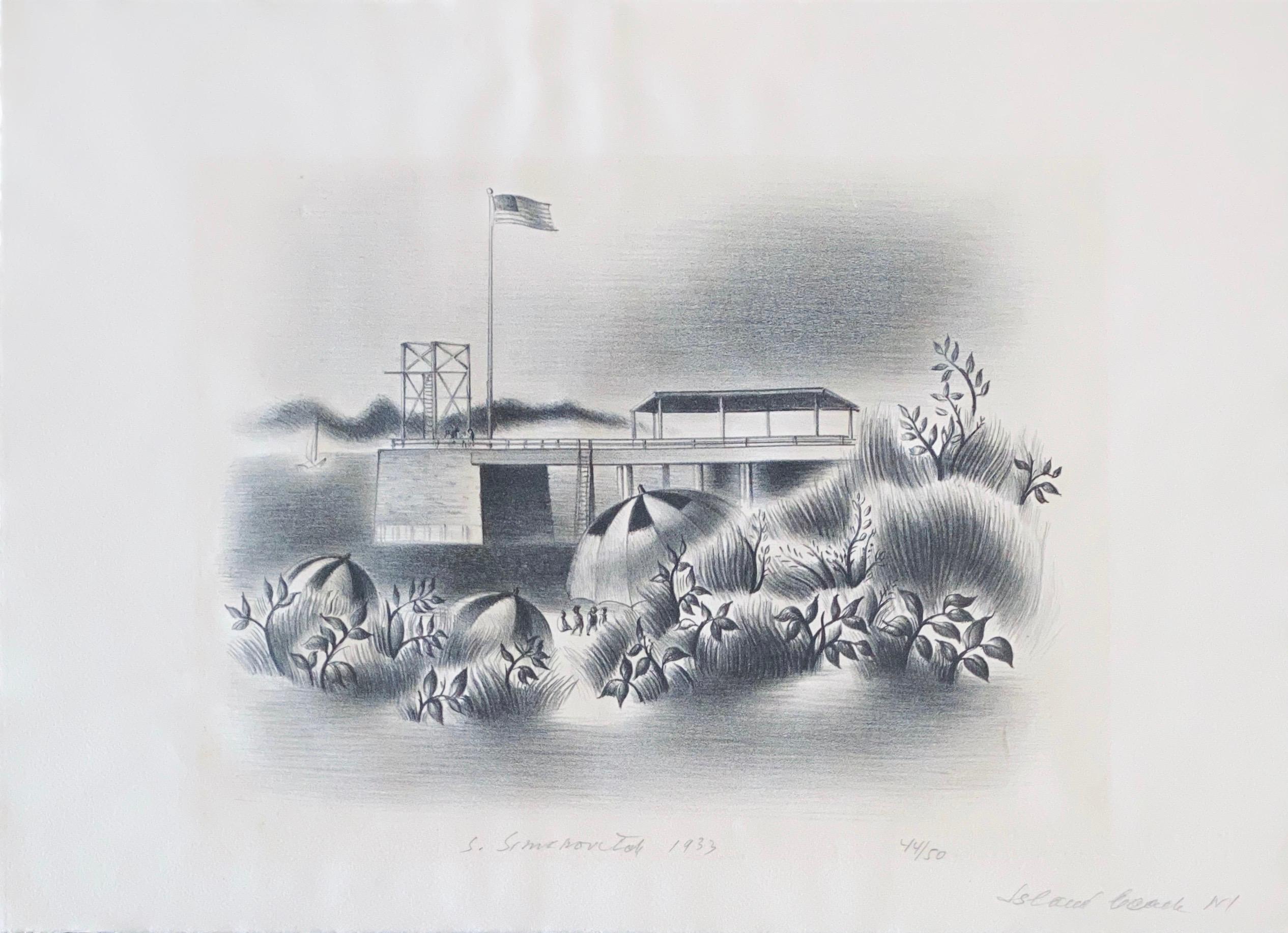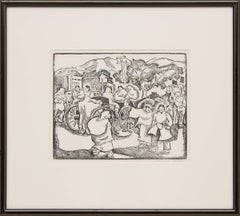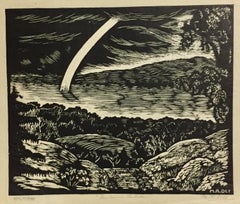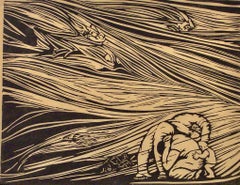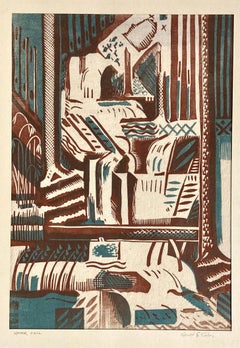
Blue Valley Farm (Kansas)
View Similar Items
Want more images or videos?
Request additional images or videos from the seller
1 of 11
Birger SandzenBlue Valley Farm (Kansas)1929-48
1929-48
$1,350List Price
About the Item
- Creator:Birger Sandzen (1871-1954, American)
- Creation Year:1929-48
- Dimensions:Height: 17.5 in (44.45 cm)Width: 20.25 in (51.44 cm)Depth: 1 in (2.54 cm)
- Medium:
- Movement & Style:
- Period:
- Condition:
- Gallery Location:Denver, CO
- Reference Number:Seller: 201131stDibs: LU2731957993
About the Seller
5.0
Vetted Professional Seller
Every seller passes strict standards for authenticity and reliability
Established in 1979
1stDibs seller since 2013
289 sales on 1stDibs
Typical response time: 13 hours
Authenticity Guarantee
In the unlikely event there’s an issue with an item’s authenticity, contact us within 1 year for a full refund. DetailsMoney-Back Guarantee
If your item is not as described, is damaged in transit, or does not arrive, contact us within 7 days for a full refund. Details24-Hour Cancellation
You have a 24-hour grace period in which to reconsider your purchase, with no questions asked.Vetted Professional Sellers
Our world-class sellers must adhere to strict standards for service and quality, maintaining the integrity of our listings.Price-Match Guarantee
If you find that a seller listed the same item for a lower price elsewhere, we’ll match it.Trusted Global Delivery
Our best-in-class carrier network provides specialized shipping options worldwide, including custom delivery.More From This Seller
View AllSaturday Morning Market, Taos Plaza, New Mexico, 1950s Figural Linocut Print
By Barbara Latham
Located in Denver, CO
"Saturday Morning (Market, Taos Plaza, New Mexico)" is a striking 1950s modernist linocut print by renowned New Mexican artist Barbara Latham. This vivid print captures a bustling Sa...
Category
Mid-20th Century American Modern Figurative Prints
Materials
Linocut
1930s Black & White Print of Grand Lake Yacht Races in Colorado Mountain Lake
By Arnold Rönnebeck
Located in Denver, CO
This vintage 1930s black and white lithograph by Arnold Ronnebeck (1885-1947), a prominent Colorado artist from the WPA era, beautifully captures the Grand Lake...
Category
1930s American Modern Landscape Prints
Materials
Lithograph
1930s Black and White Lithograph of House at Gregory Point, Colorado Landscape
By Arnold Rönnebeck
Located in Denver, CO
This original lithograph by renowned modernist Arnold Ronnebeck (1885-1947) depicts a charming home in Gregory Point, near Central City, Colorado. Created during the 1930s, this piec...
Category
1930s American Modern Landscape Prints
Materials
Paper, Lithograph
Silver Mine, Russell Gulch, CO (12/25) 1930s American Modern Lithograph Print
By Arnold Rönnebeck
Located in Denver, CO
"Silver Mine, Russell Gulch (12/25)" is a captivating black and white lithograph by American artist Arnold Ronnebeck. The piece features a mining scene in Russell Gulch, Colorado, wi...
Category
1930s American Modern Figurative Prints
Materials
Lithograph
Mine Near Continental Divide – 1930s Winter Landscape of Colorado Mountains
By Arnold Rönnebeck
Located in Denver, CO
This rare 1933 lithograph by renowned modernist artist Arnold Rönnebeck captures a dramatic black-and-white winter scene of a Colorado mountain mine, blanketed in snow. The bold cont...
Category
1930s American Modern Landscape Prints
Materials
Lithograph
“Ranchos de Taos Church Moonlight” 1950 Lithograph by Kenneth Miller Adams
By Kenneth Miller Adams
Located in Denver, CO
This captivating 1950 lithograph by renowned New Mexico artist Kenneth Miller Adams beautifully captures the iconic Ranchos de Taos Church bathed in serene moonlight. A celebrated su...
Category
1950s American Modern Still-life Prints
Materials
Lithograph
You May Also Like
Maurice Robert Dey, Rainbow on the Hudson
Located in New York, NY
Biographical information on Maurice Robert Dey is hard to find. He was born on 1899 (or maybe 1900), in Switzerland. As an adult he lived and worked in Woodstock, the NY artists' c...
Category
1930s American Modern Landscape Prints
Materials
Linocut
Evelyn G. Schultz, Typhoon
Located in New York, NY
The only mention I can find of Evelyn G. Schultz is that she was a charter member of the San Diego Watercolor Society. But the medium of the linocut (here on tan paper) was frequentl...
Category
1940s American Modern Figurative Prints
Materials
Linocut
Harold E. Keeler, Water Fall
Located in New York, NY
Harold E. Keeler worked in Hollywood as a set designer. That seems especially important here because the Water Fall looks a little as though it could be a w...
Category
1930s American Modern Landscape Prints
Materials
Linocut
'Brooklyn Bridge' — Iconic New York City Landmark
By Luigi Kasimir
Located in Myrtle Beach, SC
Luigi Kasimir, 'Brooklyn Bridge', color etching with aquatint, 1927, edition 100. Signed in pencil.
A superb impression, with fresh colors, on heavy, cream wove paper; with margins...
Category
1920s American Modern Landscape Prints
Materials
Etching, Aquatint
'Coenties Slip' — Lower Manhattan, Financial District
By Luigi Kasimir
Located in Myrtle Beach, SC
Luigi Kasimir, 'Coenties Slip', color etching with aquatint, 1927, edition 100. Signed in pencil. Dated in the plate, lower right. Annotated 'NEW YORK HANOVER SQUARE (COENTIES SLIP)'...
Category
1920s American Modern Landscape Prints
Materials
Etching, Aquatint
Original "Bly by BOAC to Japan" vintage travel poster
By Frank Wootton
Located in Spokane, WA
Original JAPAN, Fly by BOAC to the Caribbean. Small format. Archival linen-backed original vintage European travel poster in mint condition; ready to frame. This antique original poster...
Category
1950s American Modern Landscape Prints
Materials
Offset
